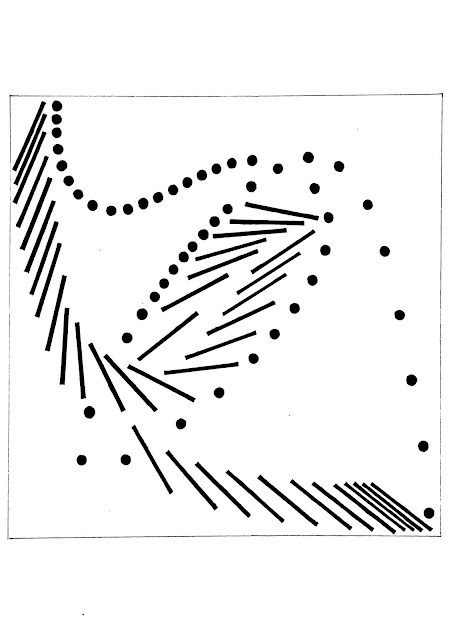Lines and Dots Play!!!
What is a dot?
In design, a point becomes a dot when it has dimension. A point does not give meaning to the space but a dot does define the space.
What is a line?
" A line is a dot went for a walk."- Paul Klee
And then lines come together to make a shape. Shapes coming together to make a form that has space and forms coming together to make a structure.
I have studied these in my architecture school but the way Kuntal connects with every other aspects of daily life, the study of elements of design becomes more engaging.
Very rightly said by him that designing is like cooking, like you add masalas, let it fry, taste, then decide what is lacking, let the veggies boil or cook according to the quality of those veggies.
We had to play with lines and dots measuring 35 mm with 2.5 mm thickness and a dot with with 5 mm diameter.
Chaula and Shubhra mentored us all through the process of learning composition. We were meeting twice daily atleast daily in our group to show our thumbnails and discussing out the principles of design and how to make each and every thumbnail better. What is lacking... how the lines and dots are interacting, we were encouraged to be bold and bring out our boldness to paper. The experience was so enriching.
The whole week was the most productive and it was fun to see ourselves grow, absorbing the design vocabulary.
Following image is the first bunch of exploration i did, which was just rough as dots are not in scale.
I was thinking third one to be point of interest but it wasn't fully defining the space of 20 cm x 20 cm.
Practicing some more rhythm compositions...
More thumbnails....
I was little bit confused initially, between whether I should have minimalist approach or maximalist approach. But later i understood that it was just not playing with the two elements but playing with the two elements within the space.
These two elements should come together to give meaning to the space in an abstract way.

Symmetrical Balance along the diagonal
I cannot just think in isolation about one principle, I believe having rhythm makes one's life lively, the same way, rhythm induces liveliness in the composition. Hence, I thought to take the bunch from what I was exploring in pattern to create something along the daigonal of the space.
I prefer working along the diagonal, because it gives me more space than the sides or the middle. Eventually, the composition lets one travel from one end to other traversing a path.
The eye movement lets one understand the relation between lines, dots and the space.
Asymmetrical Balance
Rhythm 1
Contrast 1
Contrast 2
Rhythm 2
Like I said before, Chaula encouraged us to be bold to use the challenge of not intersecting the black lines with making use of the negative space to create the illusion of movement. From again a complex composition, I eliminated unnecessary elements to form an aesthetically peasing rhythm.
Rhythm 3
This isn't the end, but a new beginning to understand that simplifying, but keeping the essence intact comes from practicing, practicing makes our concepts clear in mind, and when we are clear of all the clutters, we can produce strong compositions that communicate to the viewer well!!!

























Comments
Post a Comment